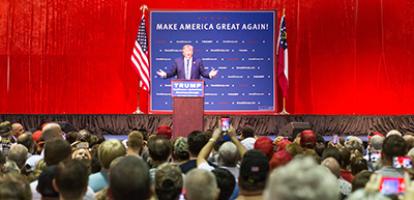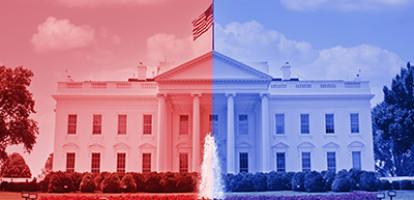To: François-Philippe Champagne, Minister of International Trade
From: Christopher Sands
Date: May 1, 2018
Re: Canada’s Middle Power Mission: To Save the WTO
International trade turmoil is a direct threat to the Canadian economy. And it appears to be getting worse. Canada must do what it can to shore up the world trading system – not just by extending its links to the patchwork of regional trade blocs.
As the bruising NAFTA renegotiations appear to be approaching conclusion, the United States is escalating a trade conflict with China.
Serious trade concerns are threatening US trade with Europe – just as Canada proceeds to implementation of the Canada-European Union Comprehensive Trade and Economic Agreement, and Mexico updates its own agreement with Europe.
International Trade Canada has addressed this by negotiating market access through regional trade deals, including new talks between Canada and Mercosur.
These efforts are necessary, but insufficient. The Trump administration’s turn toward trade litigation and managed trade is threatening the entire global trade architecture. Global supply chain linkages tie the fate of regional trade blocs together, making all blocs vulnerable to US trade disruption.
To defend Canada’s international market access, a global solution is required. Fortunately, there is a global solution available at the World Trade Organization.
The WTO is where the US trade war with China will likely end up. It is where Canada has vented its frustration with US trade remedy law after it was unsuccessful in attempts to resolve the latest iteration of the softwood lumber dispute.
Yet the WTO is also the Trump administration’s next target for renegotiation, after NAFTA. These two institutions earned Trump’s ire in the 1990s as the United States opted to open its market to help developed and emerging markets grow through exports to American consumers. In doing so, the United States enabled imports to displace US products at the expense of US employment – automation caused more job loss, but imports and foreigners were easier to blame.
In December US Trade Representative Robert Lighthizer outlined a program for WTO reform at its ministerial meeting in Buenos Aires. It contains five areas where the administration feels change is needed. Despite the fears of some delegates, it was not an unconstructive rebuke.
This provides Canada an important opportunity. As the prototypical “middle power” , Canada relies on a rules-based international system for its security and prosperity but cannot by itself set the rules let alone enforce them. For this reason, middle powers are known for bridging gaps among major powers in pursuit of agreements that support the international order and rule of law.
No country is better positioned than Canada to bridge the gap between the United States and other global great powers. Canada has recent experience negotiating trade agreements with most of the world’s great powers. Knowing the leaders and their trade officials is a key asset and will help Canada to find room for compromise.
Helping the Trump administration reform the WTO could boost bilateral relations and might even salve some of the wounds of the NAFTA talks. But the main reason for Canada to champion WTO reform is to preserve and enhance the world trading system.
Nothing less will secure Canada’s national interests and prosperity in the turbulent times ahead for the global economy.
Christopher Sands is a senior research professor and director of the Center for Canadian Studies at the Johns Hopkins University School of Advanced International Studies (SAIS) and a nonresident senior associate of the Center for Strategic and International Studies (CSIS), both in Washington, D.C.
To send a comment or leave feedback, email us at blog@cdhowe.org.
The views expressed here are those of the author. The C.D. Howe Institute does not take corporate positions on policy matters





